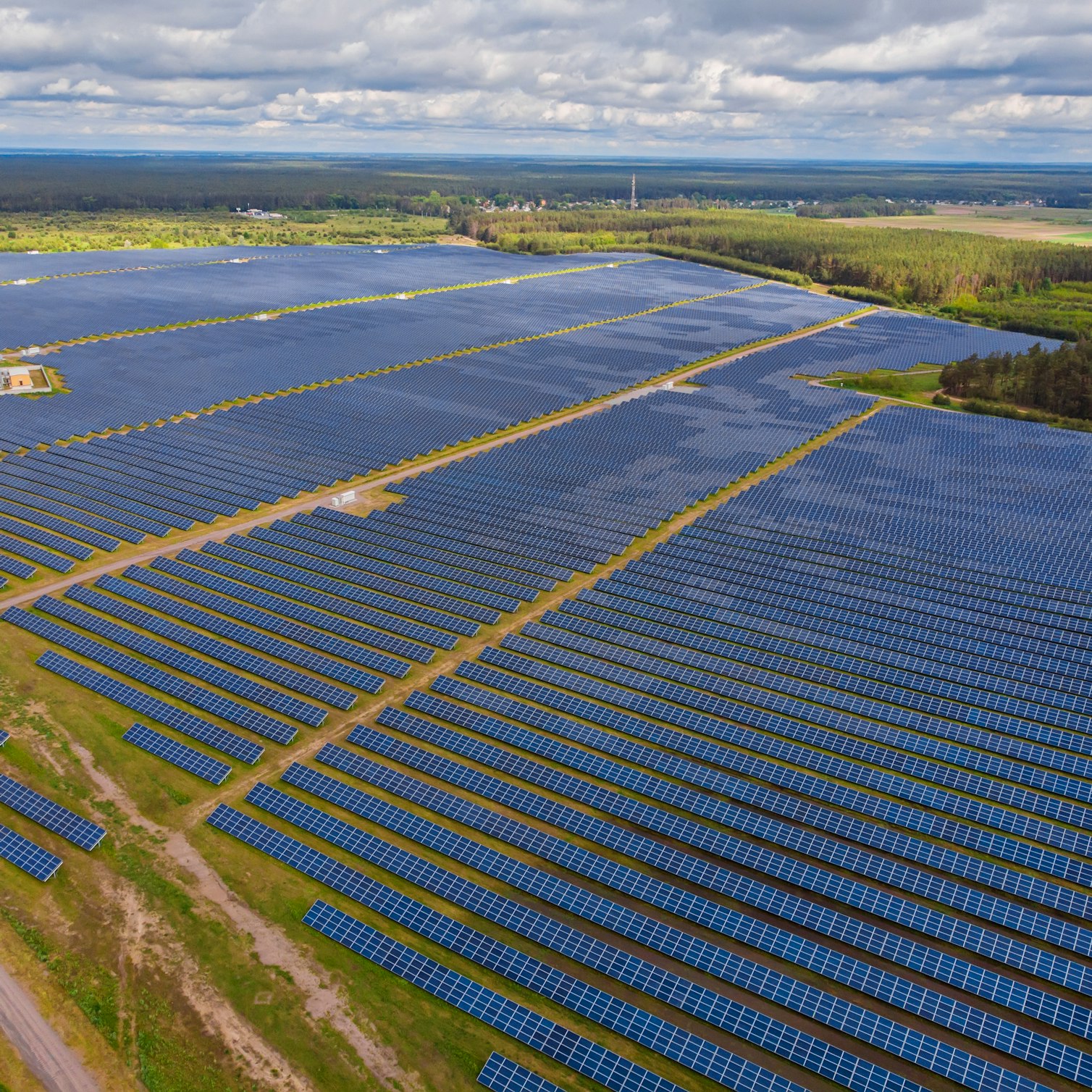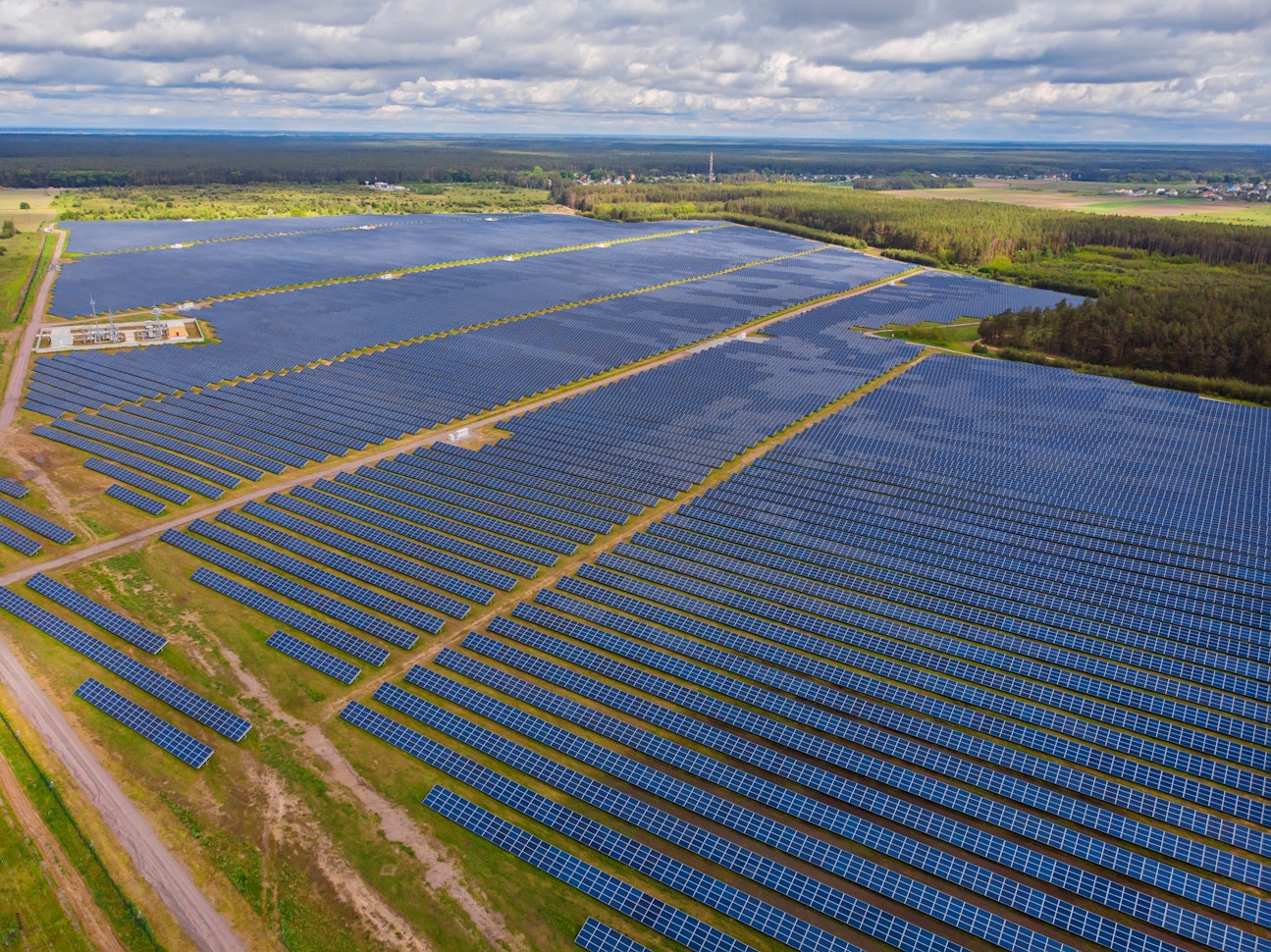- Solar energy blog
- Spain's 9-hour renewable success story
Spain's 9-hour renewable success story
Discover how Spain’s renewable energy sector has become a world leader. Learn about its recent green energy successes and how it’s positioning itself for the future.


Izei Atxalandabaso
Business developer
I was born in a small coastal town near Bilb(a)o called Sopela. Before joining RatedPower I worked for a year in the Spanish Economic and Commercial Office in Ecuador and for two years in Deloitte (Bilbo).

Content
Spain has been making some exciting progress in renewable energy. They’re quickly becoming a green powerhouse, leading the charge for clean power in Europe. This was recently emphasized when Spain produced enough renewable energy to power the country for nine straight hours, even having some excess to put back into the European grid.
Let’s dive into how Spain’s renewable energy market has been such a success.

The Spanish energy market
Spain is a shining star in Europe’s renewable energy scene. It’s projected that over half of Spain's power will come from renewable sources in the near future, outpacing other European countries. This achievement comes after years of substantial investment in solar and wind power capacity.
Spain is working to lower its need for fossil fuels. They are slowly ending the use of coal power and plan to close nuclear plants by 2035. Although there are problems like using more fossil fuels and sending power to France, Spain is still pushing to reach its renewable energy goals. This focus on green energy has made prices lower for consumers, as well as lowering the average price of energy, making Spain one of the cheaper energy markets in Europe.
It’s important to note that Spain didn’t just switch to renewable energy overnight; where they are now took a lot of planning. The country made rules to encourage research on green technologies and granted rewards for using them. Spain also harnessed their large amounts of sun and wind by investing money into solar and wind projects.

Wind power alone makes up over one-fifth of Spain's total power. This is thanks to significant investments made in the last ten years. Wind power will continue to be a big part of Spain’s renewable energy, with projects both on land and in the sea securing considerable funding.
Besides sun and wind, Spain also uses water and biomass power to add more variety to its green energy sources. Money has also been spent on upgrading the power grid and associated infrastructure. This lets power from different sources travel efficiently, making the whole system more reliable.
Switching to greener power not only made power cheaper but also made the market more stable. This is something nearby countries like France have not yet completely achieved, and with this progress, Spain is becoming a big player in the world of clean energy.
To boost the use of green energy even more, Spain has a plan called the National Energy & Climate Plan (PNACC) that goes until 2030. This bold plan hopes to make Spain carbon-neutral and lower greenhouse gas emissions in a number of different sectors. The plan includes funding from both public and private sectors, as well as auctions to support renewable projects.
The Spanish solar market
Spain was once the top solar market in Europe, but Germany has now taken that spot. This is due to strong political support and a big market for solar photovoltaic (PV) systems in Germany. Even though Spain is no longer the leader in Europe, its PV market has grown significantly in the last three years. The installed power has almost doubled thanks to about 9 GW of PV systems set up during this time.
The Spanish government is committed to a green future. This is shown by the bold goals it has set out. Spain’s aim is to generate 74% of its electricity from renewables and have renewables make up 42% of primary energy use by 2030, with the ultimate goal for the country to be carbon neutral by 2050.

Spain’s National Climate and Energy Plan (NECP), approved in 2021, goes even further. It aims to increase PV capacity to over 39 GW in this decade. All of this has led to Spain being ranked fifth in the world in renewable energy markets.
Larger-scale PV plants in Spain have been profitable even without government help. Small PV systems for homes are also growing, partly due to helpful changes in laws and government money meant to promote this industry.
This increase in green projects is having real positive effects in Spain. Spanish homeowners are seeing an increase in the value of their homes for every kilowatt of panels installed, and the solar market is also providing cheap and stable electricity and using land efficiently. This makes Spain an attractive investment opportunity for those both inside and outside of the country.
Challenges in the Spanish solar market
Spain’s solar market is thriving, yet it’s not without its hurdles. Over-supply and price shifts are some of the issues being faced. As huge investment comes into the space, prices could fall below €20/MWh by 2030, potentially lowering profits.
Another problem is a hold-up in the approval of projects. There has been an overwhelming amount of proposals, and the backlog is causing delays. Just like the first challenge, this is a problem caused by the success of the Spanish solar market.
Finally, as the demand for electricity continues, the grid is under increasing strain. These infrastructure-related issues will need to be addressed, but despite bumps in the road, Spain’s solar market remains a success story overall.

Spain’s green energy day
Spain’s energy market recently had a big win. For a whole nine hours, renewable sources produced enough energy to meet and even exceed the entire country’s energy demand. This wasn’t during a low-usage time, like a weekend or holiday. It took place during a typical weekday when electricity usage was at its peak.
This feat was achieved through a combination of favorable weather factors, with high wind and irradiance, coupled with Spain’s aforementioned robust renewable sector.
In fact, this wasn’t even the first time Spain has managed to produce enough power for the whole country from renewables alone. However, this was the longest period over which only renewables met the total demand.
This event shows Spain’s ability to use renewable energy has increased and highlights its standing as a world leader in renewable energy. The rise of PV installations has lowered Spain’s carbon footprint and made electricity prices cheaper for consumers.
But what does this mean going forward? Well, it highlights the things that will be most important as we move forward in the clean energy transition, demand management, storage, and a robust inter-connected network. As green electricity continues to play a more prominent role in Spain, this is bound to be the first in a series of success stories.
Discover the future of solar power with RatedPower platform! Simplify your project planning and maximize your solar potential today!
Latest stories
Related posts
Market analysis
Power where it’s needed: Solving LatAm’s grid instability with distributed solar and storage
Find out how a bottom-up approach is solving LatAm’s grid instability, with community-led solar and storage projects giving people control over their energy.
Updated 29 DEC, 25

Market analysis
Powering through the peak: Why solar + storage is gaining momentum in MENAT
Discover how MENAT is building a functioning solar economy and why rising peak demand during extreme heat is squeezing its energy architecture.
Updated 11 DEC, 25


Market analysis
The rise of utility-scale PV + storage plants in Italy
Discover how Italy’s latest policies and auctions are driving utility-scale solar and battery storage projects to meet ambitious 2030 targets.
Updated 4 DEC, 25

- RatedPower
- Solar energy blog
- Spain's 9-hour renewable success story
 Watch a demo
Watch a demo Ask our AI Product Expert
Ask our AI Product Expert
